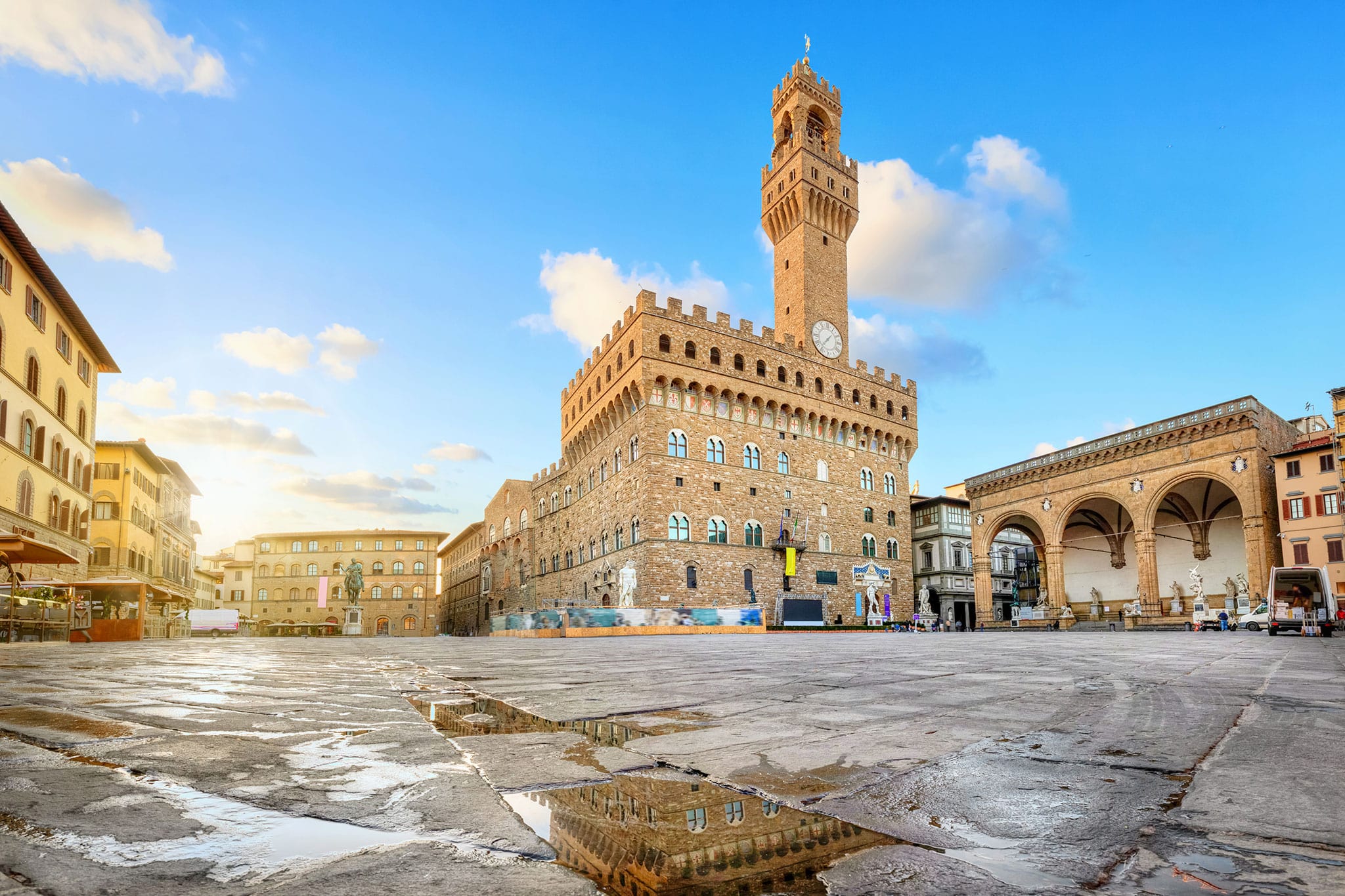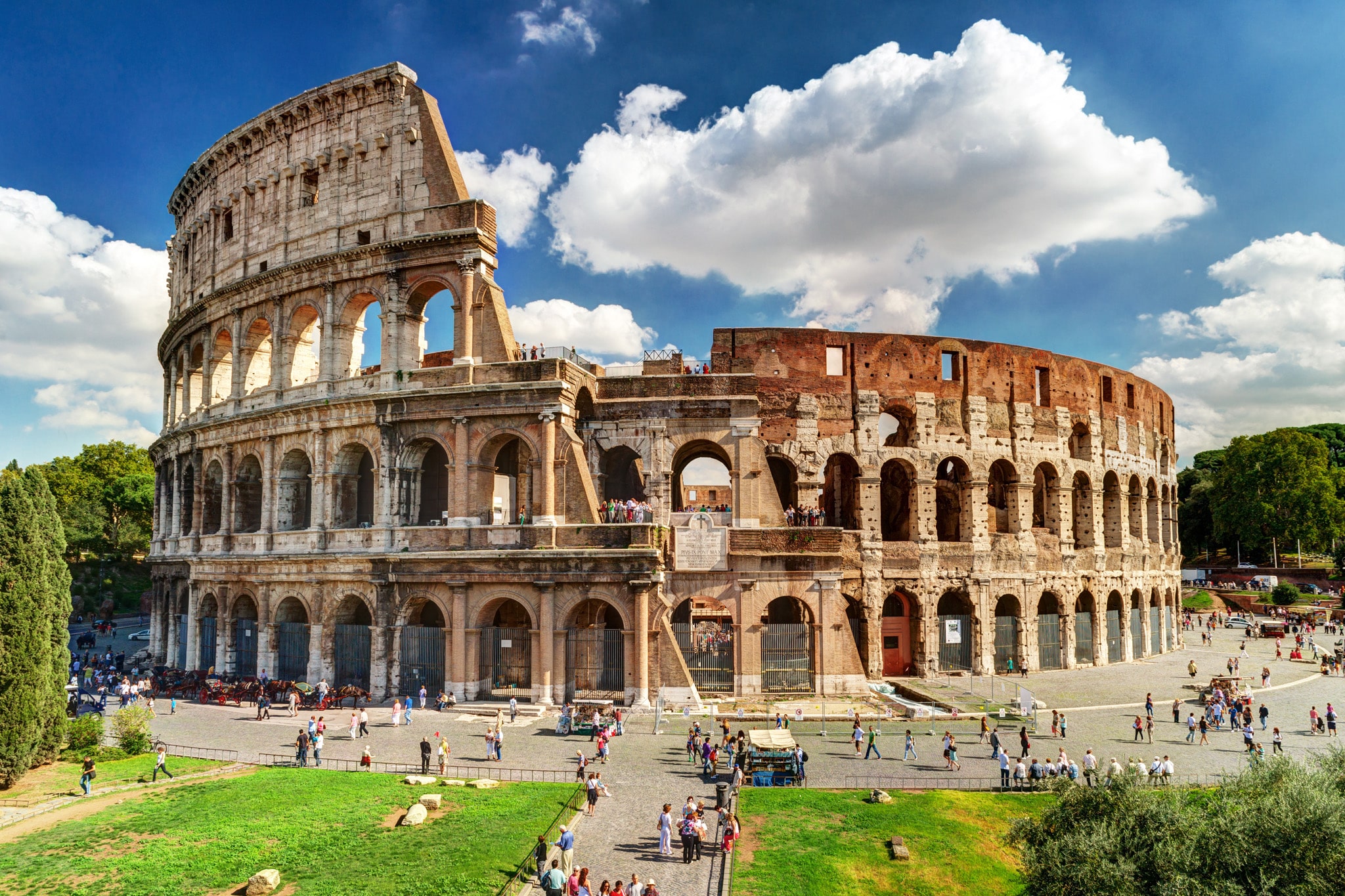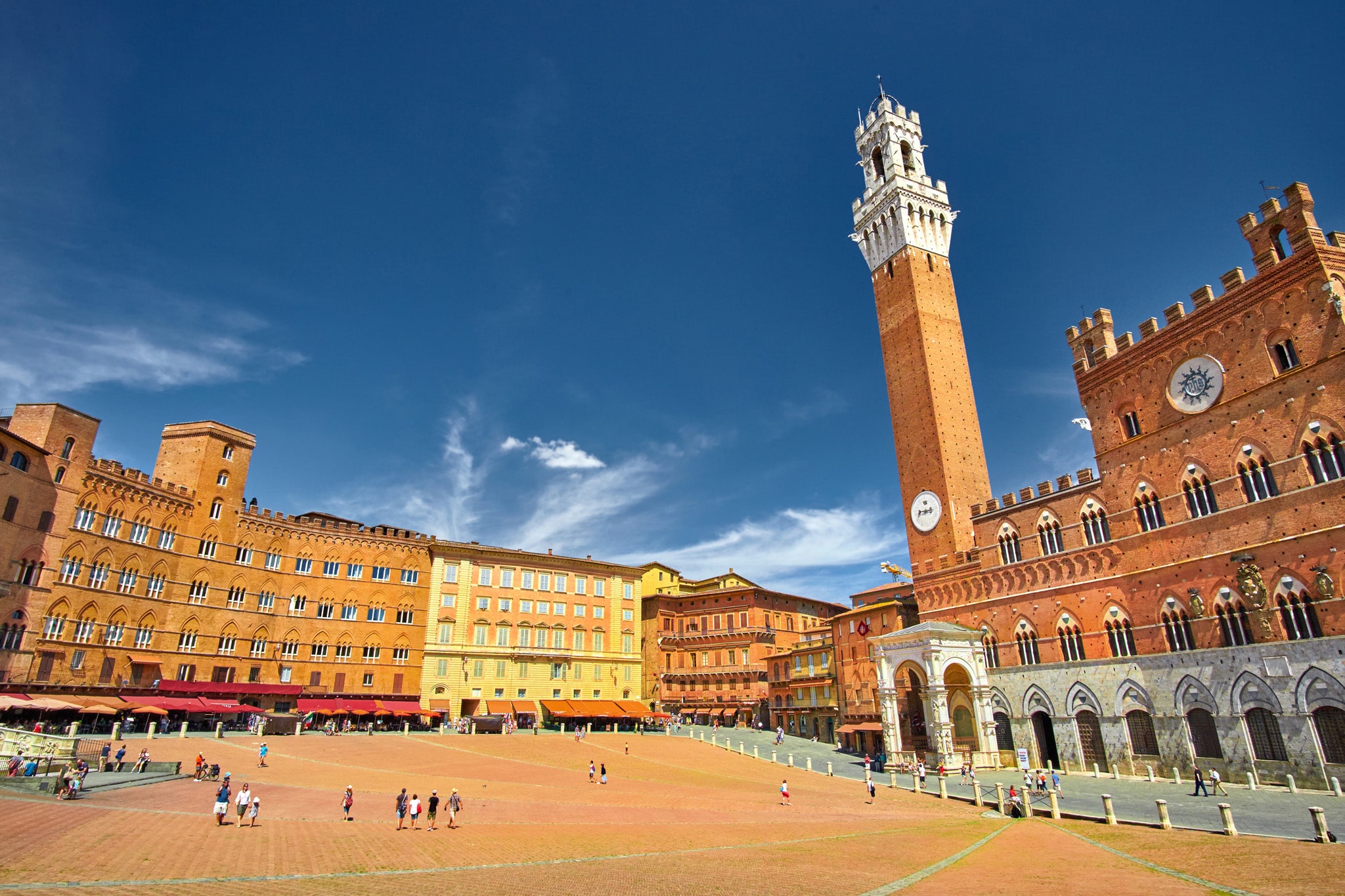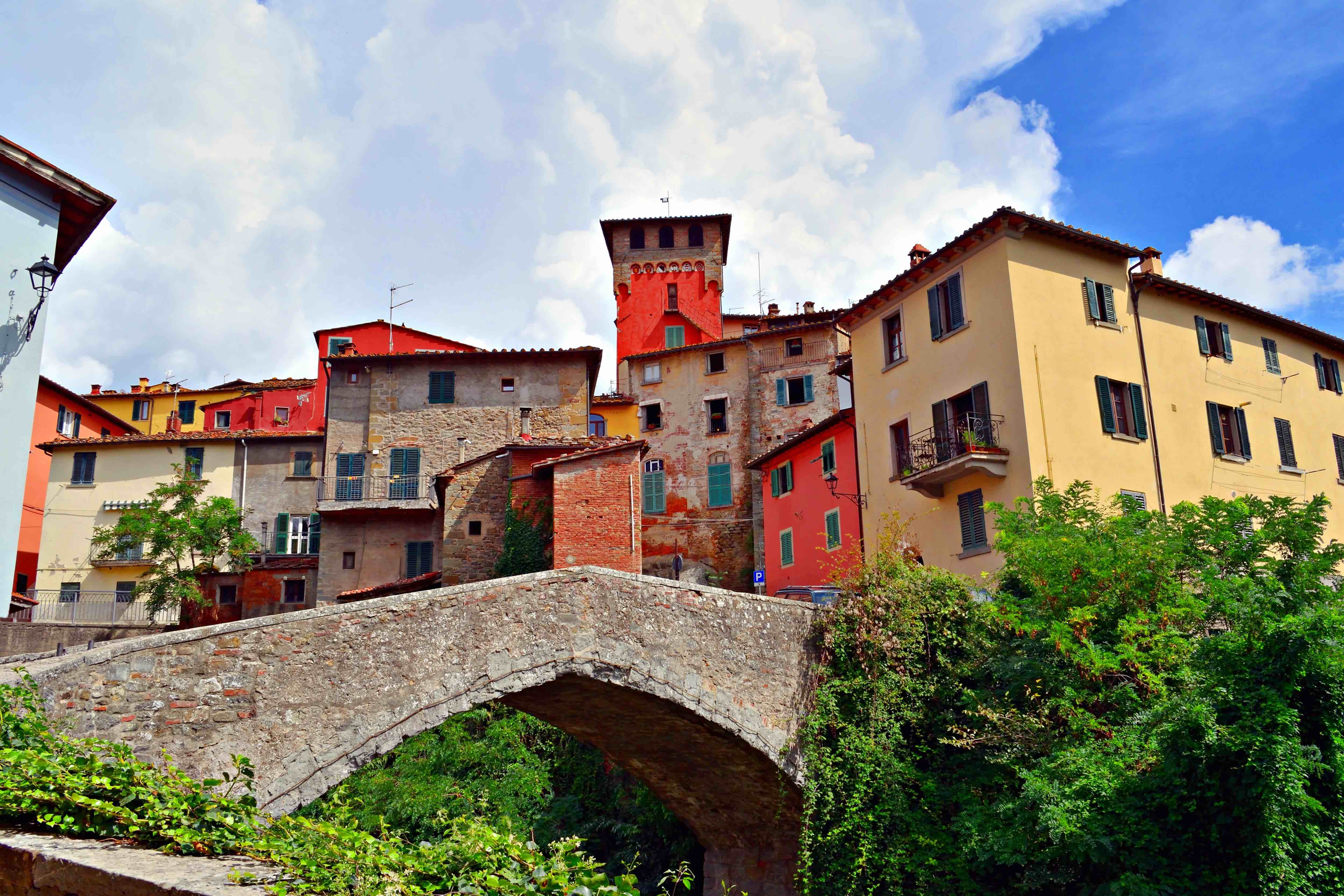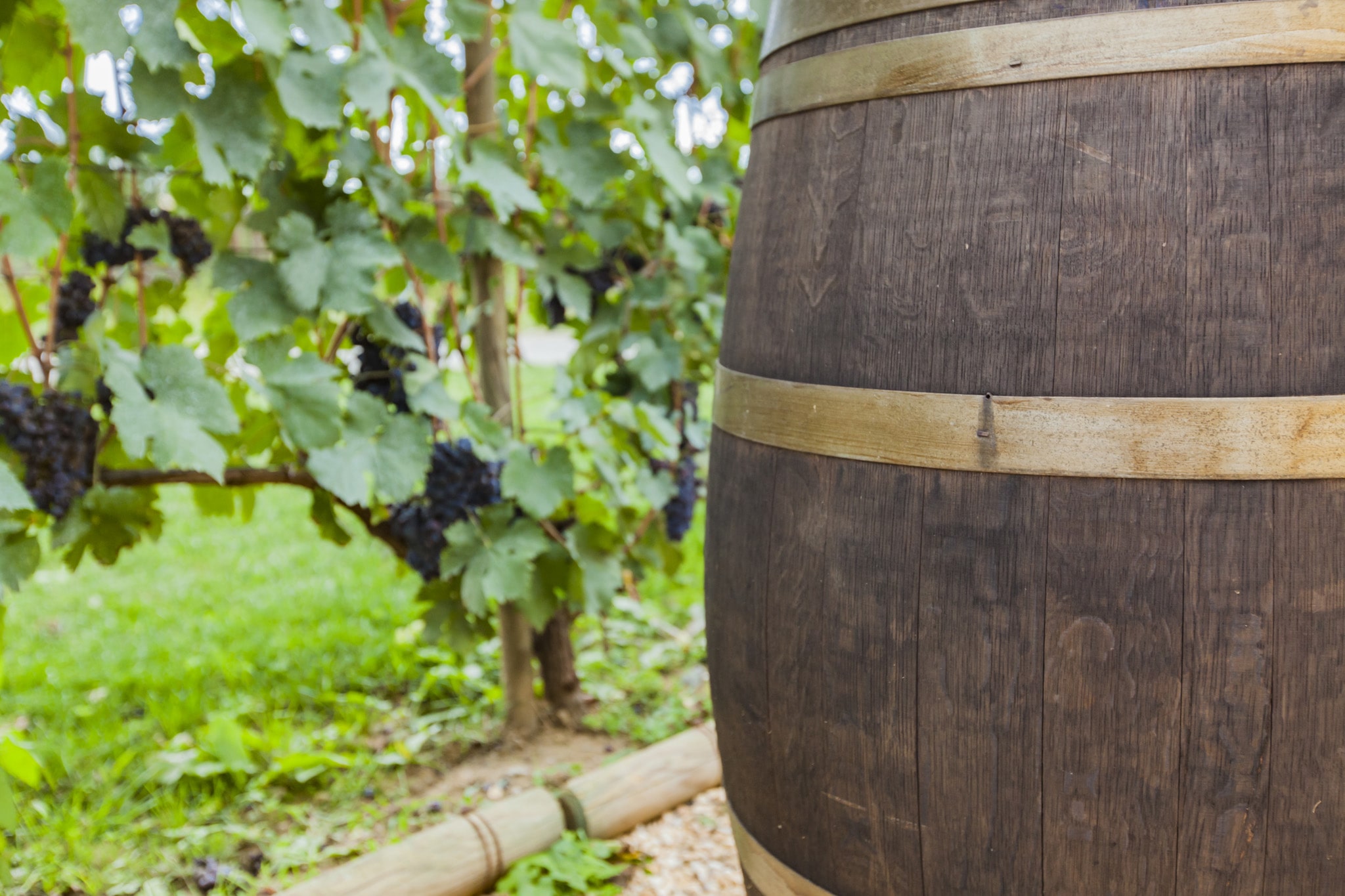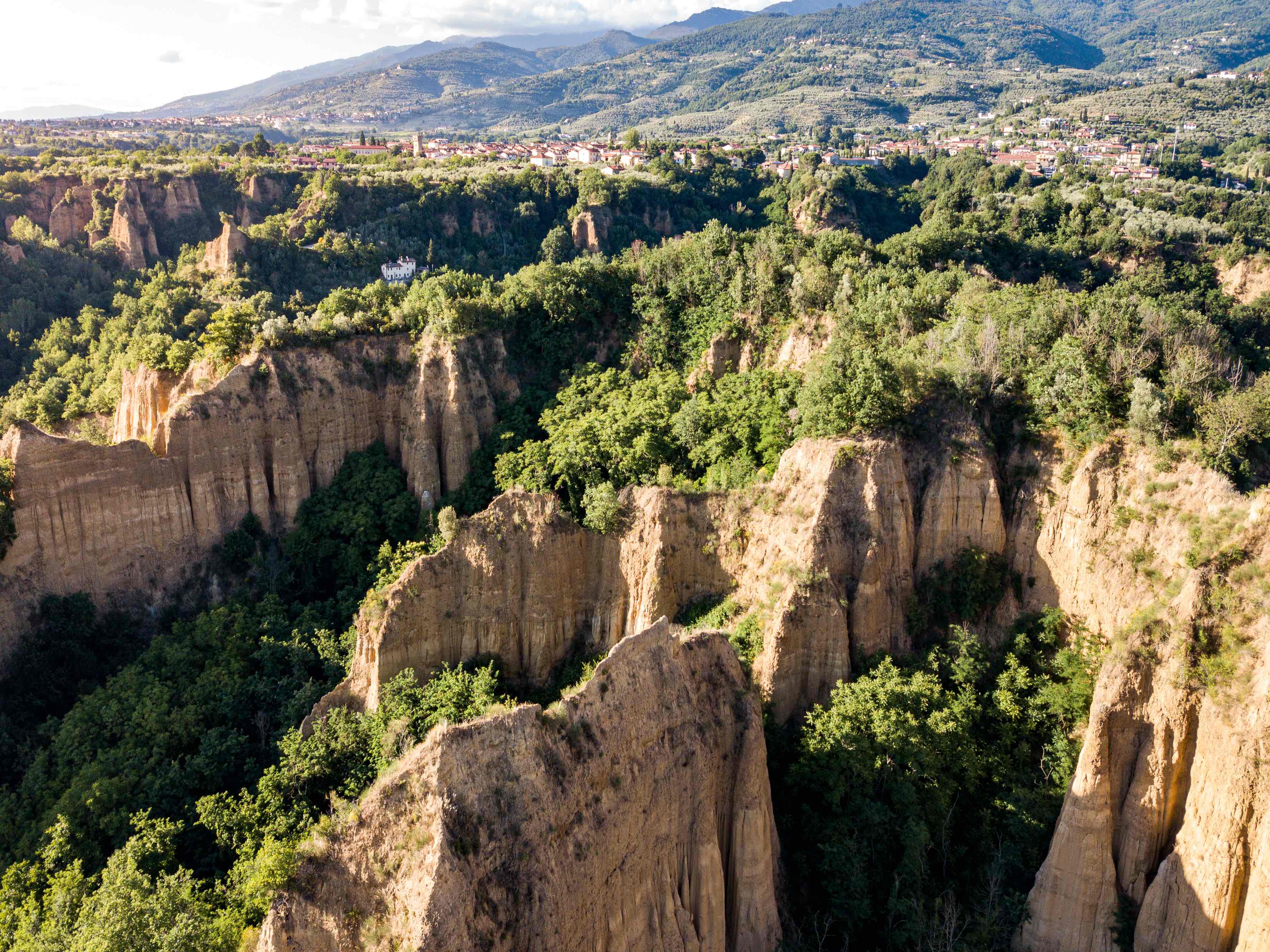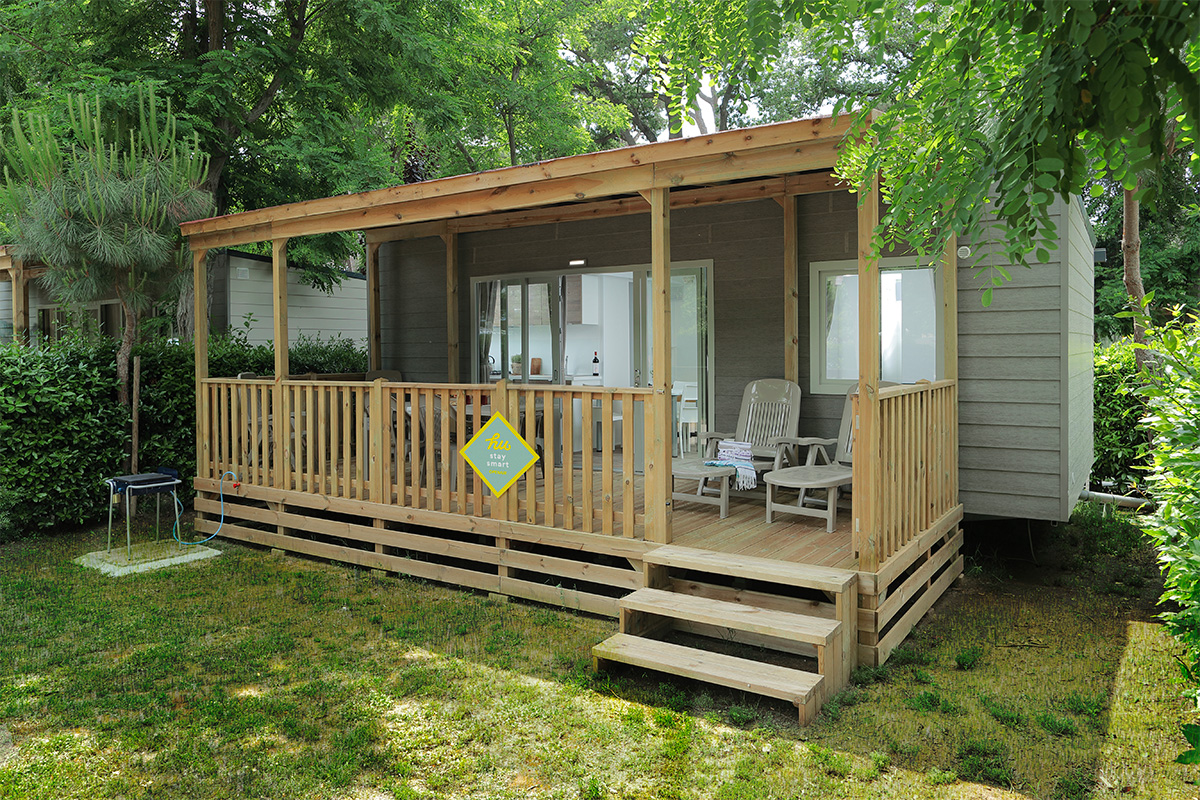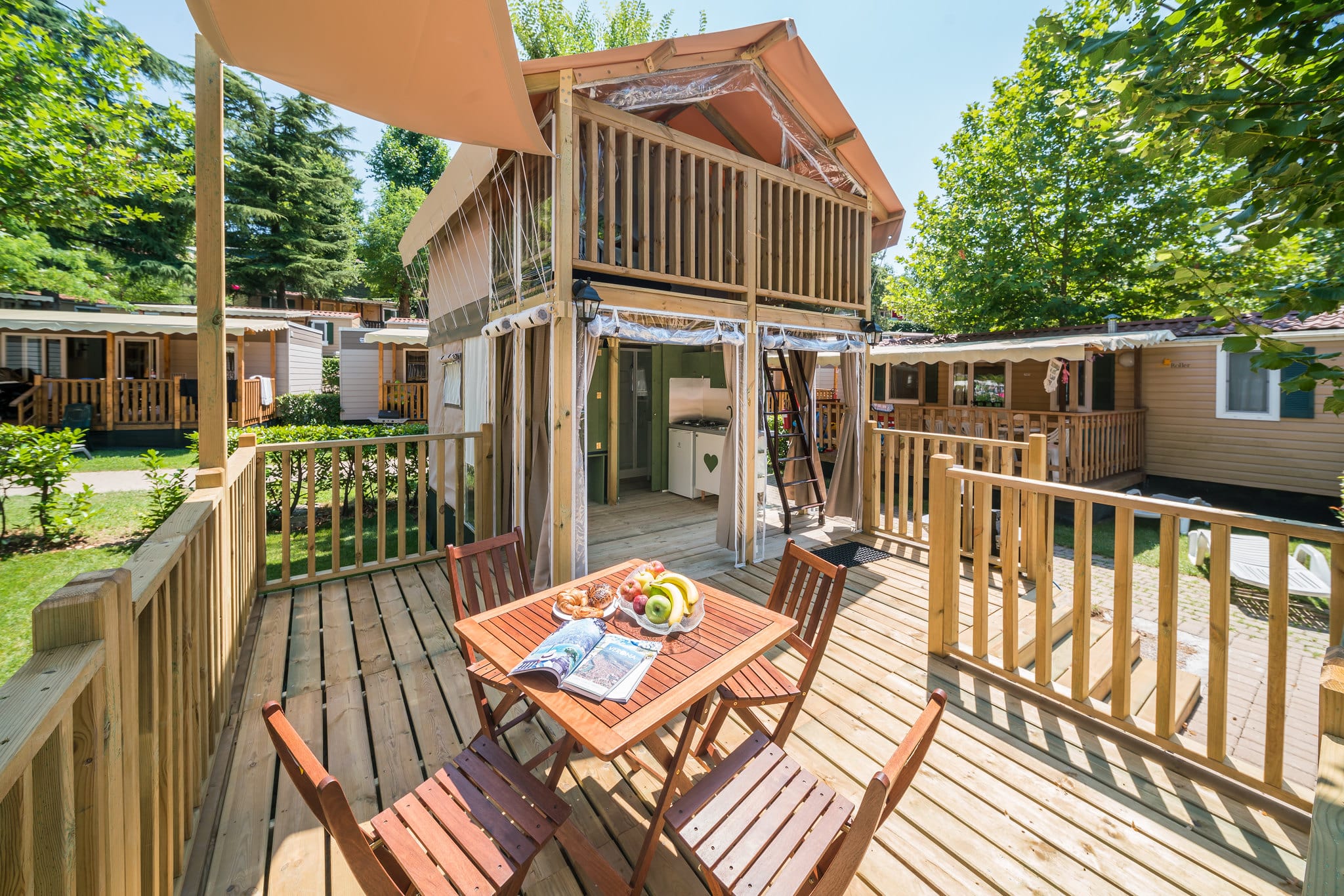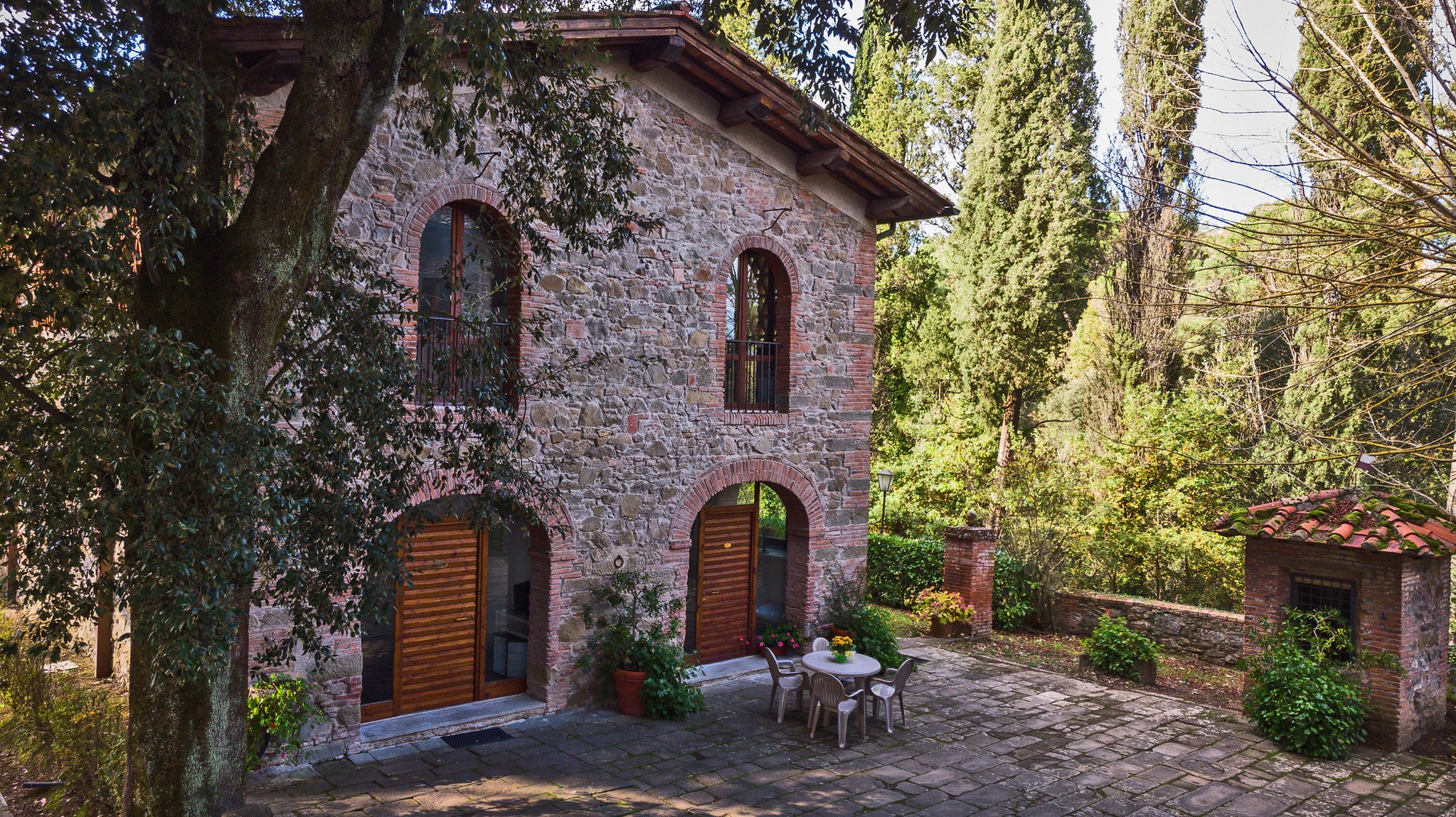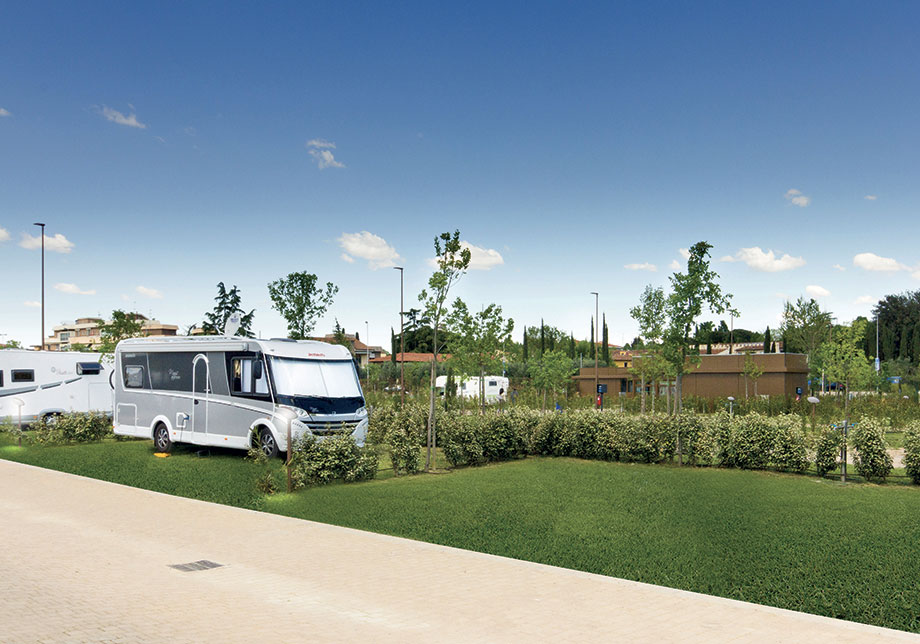When you think of Tuscany, Arezzo might not be the first place that comes to mind. Despite its impressive artistic and cultural heritage, it’s a city that doesn't seek the spotlight. And that’s exactly what makes it so special: spending a day exploring its many hidden treasures is a truly rewarding experience.
The magic of Arezzo reveals itself in full during sunny summer afternoons, when the light brings out the beauty of its piazzas, or on cold winter mornings, when the silence allows you to feel the true soul of this extraordinary Tuscan city.
A unique cultural heritage
Arezzo has been shaped by artists like Piero della Francesca and Roberto Benigni, who filmed many scenes of his iconic movie Life is Beautiful here. Among its most famous sons are also Francesco Petrarca, Giorgio Vasari and Pietro Aretino.
Piazza Grande, the beating heart of the city
Start your visit from the city’s vibrant core: Piazza Grande. In the Middle Ages, it was the centre of civic life, and it still retains all its charm today. The square slopes about 9 metres from top to bottom, following the natural contours of the land. Along the south and east sides stand imposing medieval buildings and tower houses, such as Torre Faggiolana, Palazzo Cofani Brizzolari and Casa Torre Lappoli. On the north side, you’ll find the elegant Palazzo delle Logge, completed in 1595 and designed by Giorgio Vasari.
The square is further enriched by the Vasari Fountain and the tower of the Palazzo della Fraternita dei Laici, home to the oldest working astronomical clock in Italy, dating back to 1552.
If your walk through Piazza Grande and the old town has made you hungry, take a break at the historic Vineria Agania, run by the same family since 1905 and known for its pici al sugo finto and fegatelli all’aretina, or head to La Chiantineria, a trattoria that serves traditional recipes with flair – and has a little shop attached where you can pick up some tasty souvenirs.
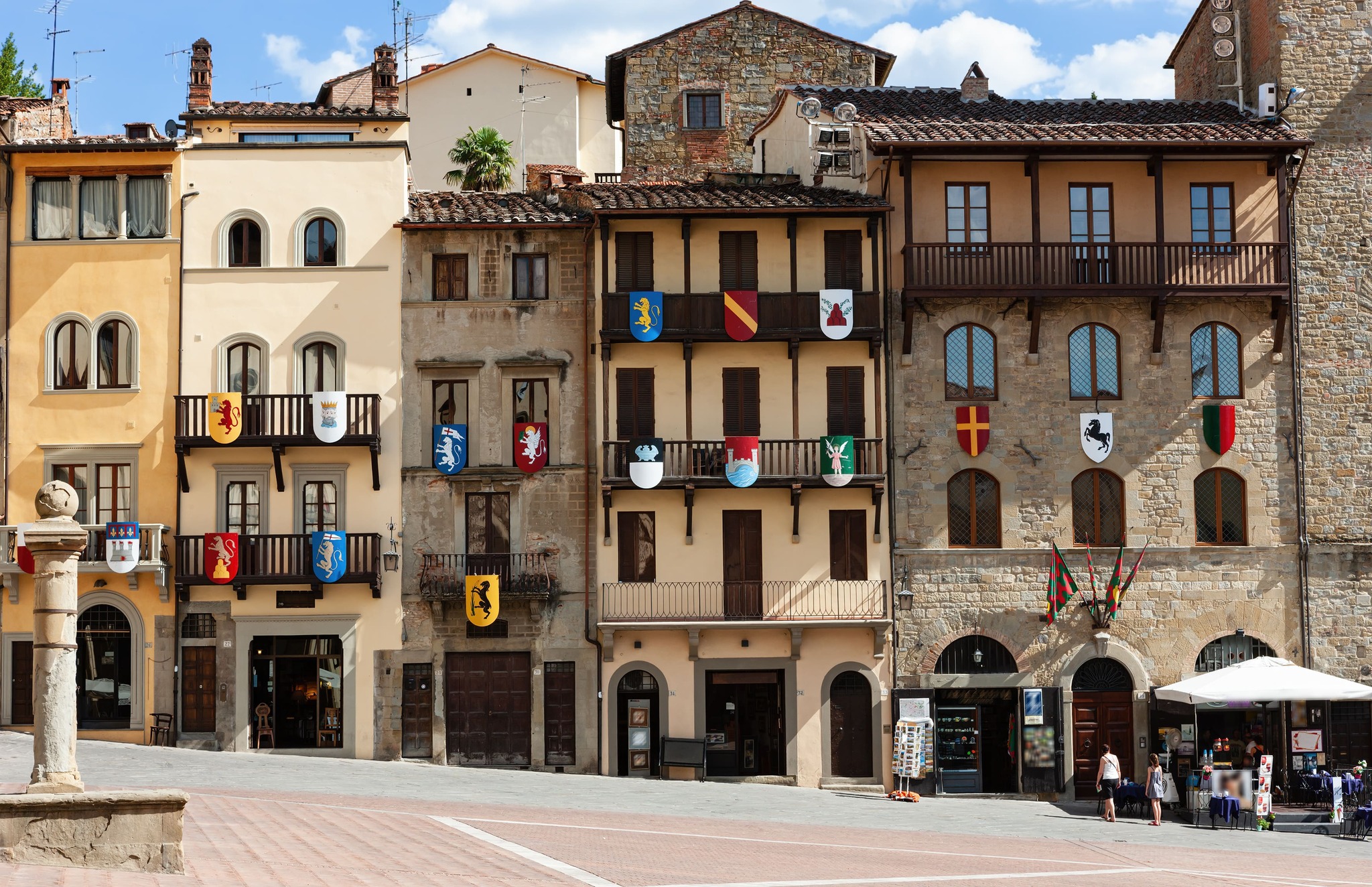
Piazza Grande
Santa Maria della Pieve, a medieval gem
The Church of Santa Maria della Pieve is a masterpiece of medieval architecture, built around the year 1000. Its 59-metre-high bell tower, adorned with 40 double-arched windows, rises elegantly towards the sky. The church was expanded in the 13th century and later modified by Vasari in 1560. It now houses the remains of Vasari himself and his wife.
The portal is decorated with a "Cycle of the Months" – a sculptural work by an anonymous 13th-century artist that depicts the agricultural activities of the year. Inside, you can admire the 14th-century polyptych Madonna and Child with Saints by Pietro Lorenzetti and the precious silver and gemstone reliquary bust of Saint Donatus.
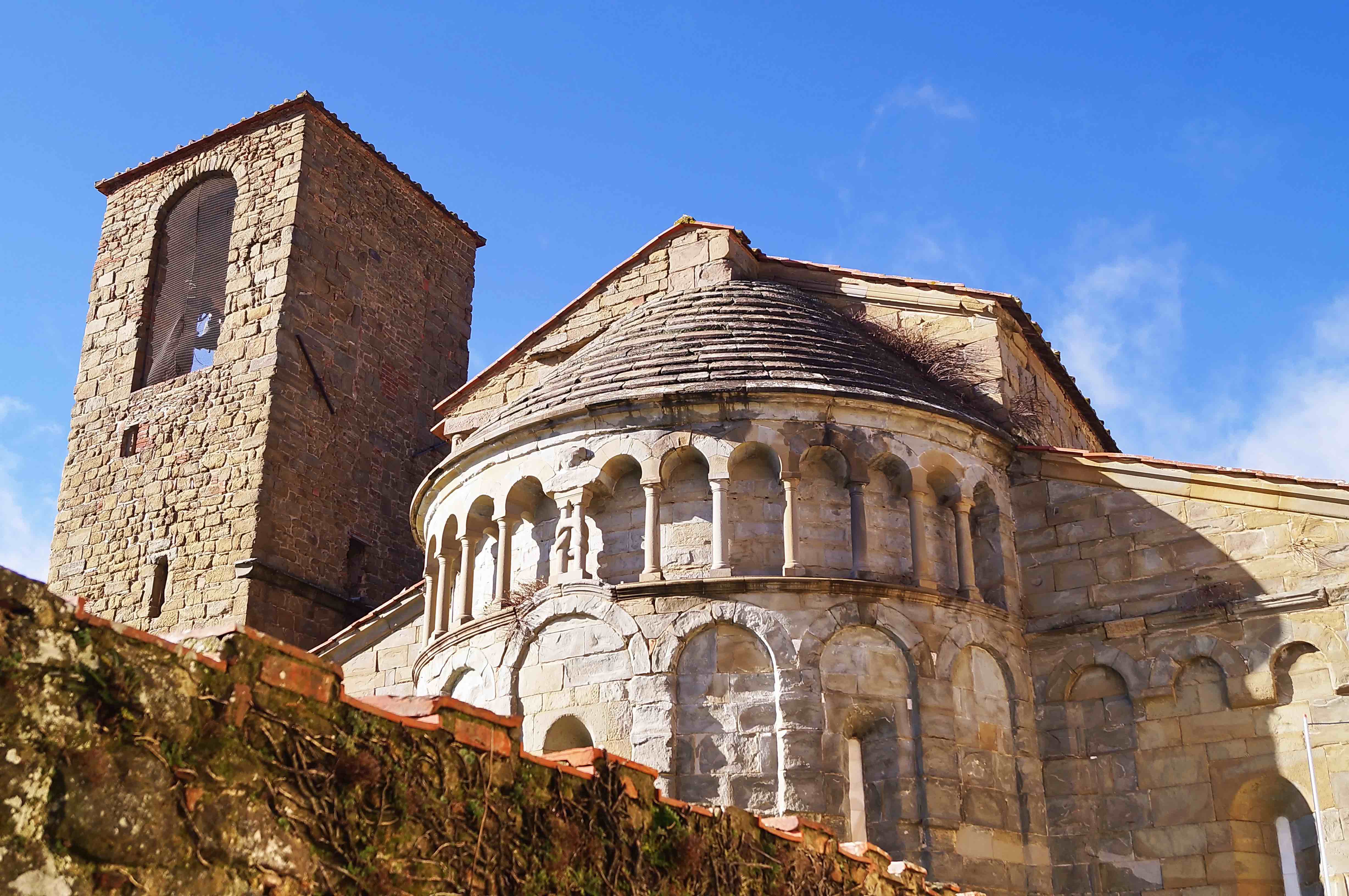
Santa Maria della Pieve
Gli affreschi della Cappella Bacci
Step inside the Basilica of San Francesco and soak in the silence that surrounds these masterpieces. According to the rules, visits are limited to just half an hour – but the beauty and power of this place make it almost impossible to stick to the time.
Once inside, you'll be surrounded by The Legend of the True Cross, a cycle of twelve frescoes painted by Piero della Francesca and commissioned by the Bacci family. The work tells the story of the wood of Christ’s cross, beginning with the Death of Adam and continuing through key episodes such as the Visit of the Queen of Sheba to Solomon, the famous Dream of Constantine – considered the greatest nocturnal scene in Italian painting – the Annunciation, and the Return of the Cross to Jerusalem.
Ask the attendants at the chapel for help – they’ll point out every little detail worth noticing.
Before leaving, take a moment to visit the Guasconi Chapel, decorated by Spinello Aretino with the Stories of Saint Giles.
Online booking is required to enter.


